Historic preservationists and Buxton residents who fought for five years to save a historic school building said they were dismayed to see it being torn down.
The former Samuel D. Hanson School was demolished this week, nearly four months after the Maine School Administrative District 6 board first voted to raze it and three months after it was declared unsafe by a town inspector. The school was named to Maine Preservation’s list of most endangered historic properties in 2011.
Community members tried for years to save the building, which was closed when the new Buxton Center Elementary School opened in 2010. The Hanson School, built in 1930, could have found a new life as a community center, according to members of the group that wanted it saved. Two other former school buildings – one in the Bar Mills village of Buxton and the other in Hollis – have been saved from demolition.
On Thursday, crews pulled down the remaining walls of the school. Gaping holes in the walls revealed a gym with a basketball hoop still in place, along with piles of desks and chairs.
“This was a total and complete fiasco,” said Meg Gardner, vice president of the Buxton-Hollis Historical Society. “When they were taking down the building this week, one of the workers said, ‘She was a tough old bird. She didn’t want to come down.’ ”
Superintendent Frank Sherburne and Rebecca Bowley, chairwoman of the school board, did not respond to requests for comment Thursday.
After the district’s new elementary school opened in 2010 and the central office and other programs were relocated, school officials were left with three former school buildings: the Hanson School, the old Bar Mills High School, which had been used as a central office, and the old Hollis High School. The Bar Mills school is now leased to the Buxton-Hollis Historical Society, which is renovating it. The former high school in Hollis was sold.
The fate of the Hanson School building remained in question for years after Buxton declined to lease it from the school district. Town voters four years ago rejected a referendum effort to convert it to a community center by nine votes.
The school board voted May 18 to demolish the Hanson School, which was no longer being used by the district. On June 10, the board voted unanimously to uphold its previous vote. The cost of demolition is estimated at $170,000.
According to state law, a school building can be demolished if the school board determines the property could be better used for other education-related purposes without the building or if the building has been condemned by local or state officials for health and safety reasons.
Greg Paxton, director of Maine Preservation, and Gardner both said the school board should have held a public referendum vote to authorize the demolition, but the law indicates that decision is up to the legislative body of the school unit.
Buxton Code Enforcement Officer Fred Farnham, who has since retired, on June 23 listed the Hanson School as an unsafe structure. The notice posted on the building said it “constitutes a fire hazard, unsuitable for occupancy, structurally unsafe, constitutes hazard to health and safety and is otherwise dangerous to life or property.”
In a letter to school officials, Farnham said the building was no longer safe for occupancy and was being declared unsafe. Remediation of mold and lead in the building would cost $35,000, he said.
“Beyond that, there has been study of the building components that would need repair, replacement or disposal to bring it up to minimum building standards at an estimated cost of $2,170,038,” he wrote.
The Hanson School was built in 1930 after the previous school in the Buxton Center location burned down; the gym annex was added in 1952. The school was named for Samuel D. Hanson, who ran the Hanson Coat Factory and employed more than 1,200 people, many of them women who did piecework at home, making coats for Union soldiers during the Civil War.
“The building was a community asset,” Paxton said. “It’s unfortunate not to explore alternatives for reuse and resale. These buildings can find new life.”
Paxton said 14 schools across the state have been renovated since 2008 using historic rehabilitation tax credits and are now used for a variety of purposes, including affordable senior housing.
Gardner, who had tried to save the school along with members of the Community Heritage Alliance of Rural Maine, said it was a shame it wasn’t preserved. She said advocates tried to rally Buxton residents for support, but most people seemed surprised when demolition actually began.
“There is a lot of apathy on the part of townsfolk,” she said. “People seemed unaware it was going on. We tried to get the word, but they just weren’t paying attention.”
Send questions/comments to the editors.


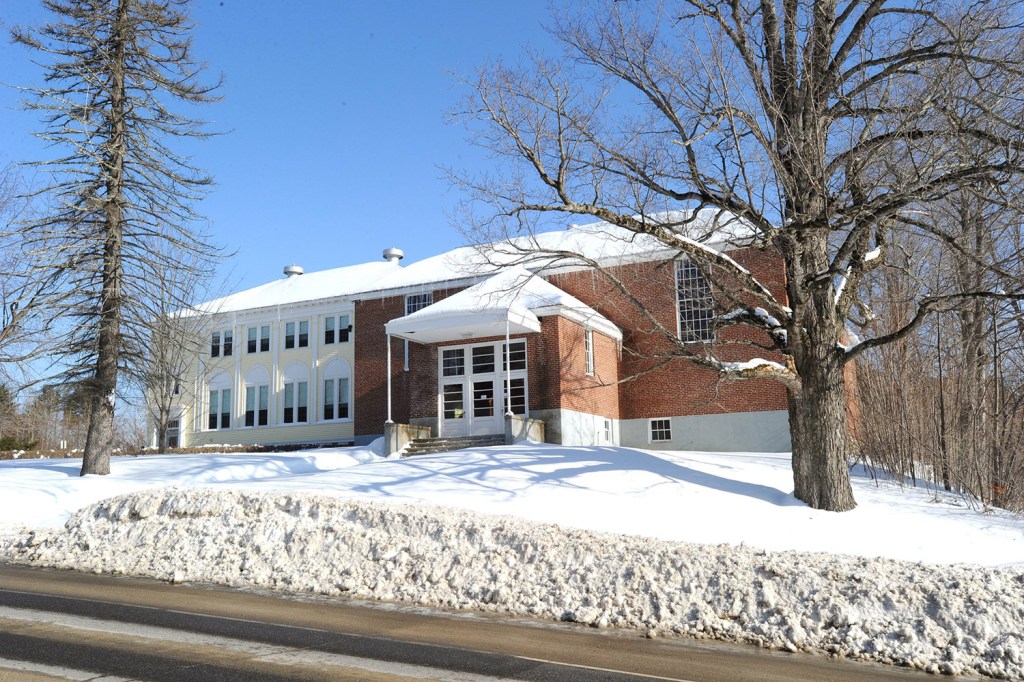
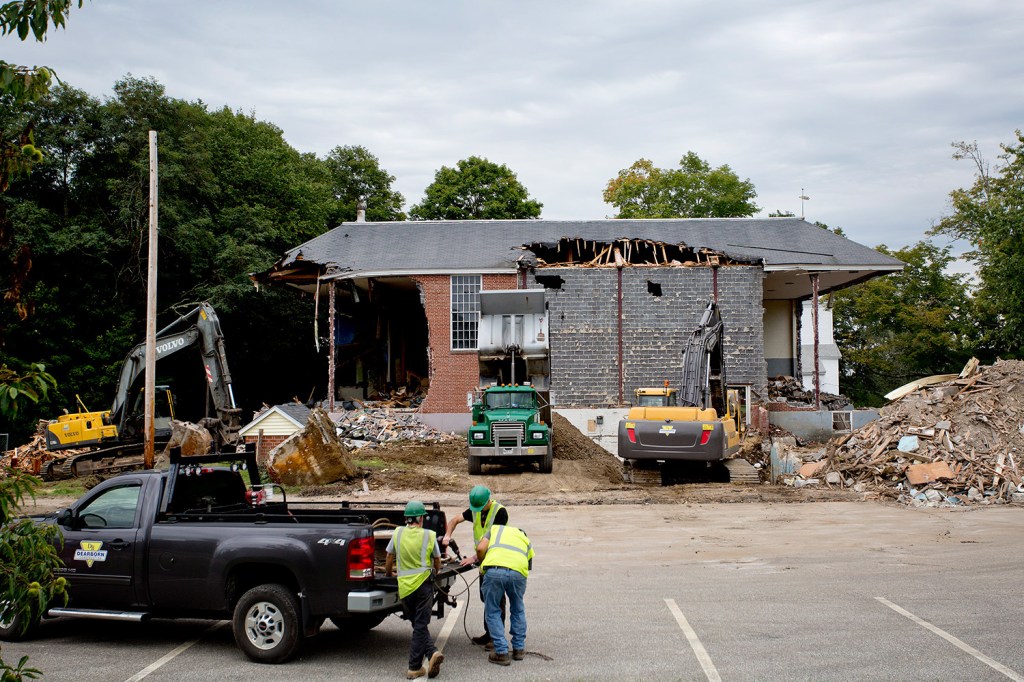

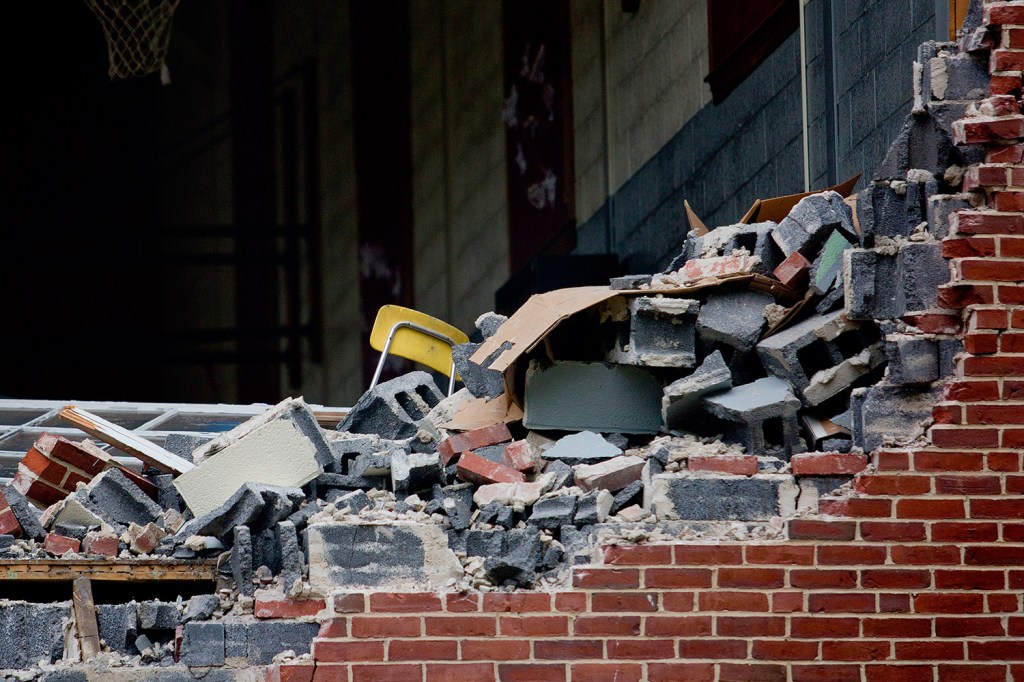
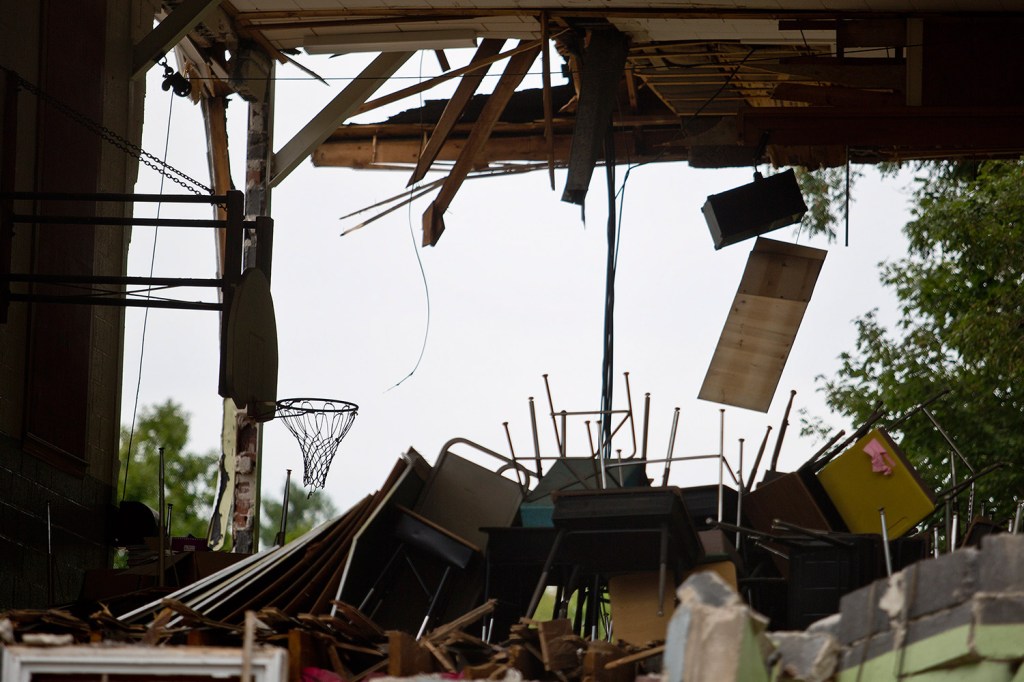
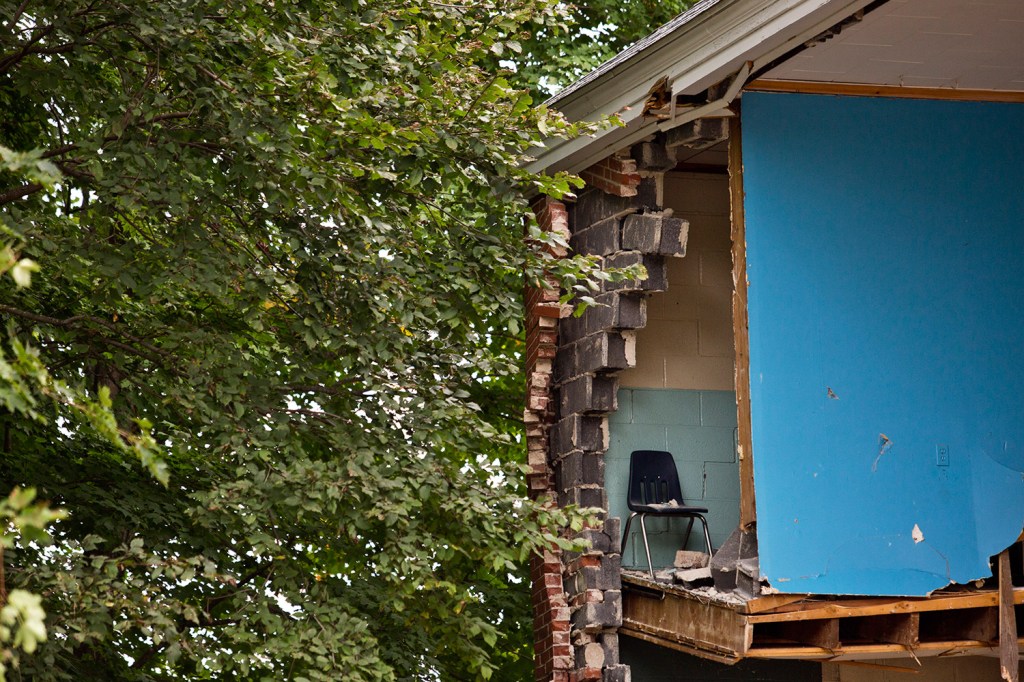
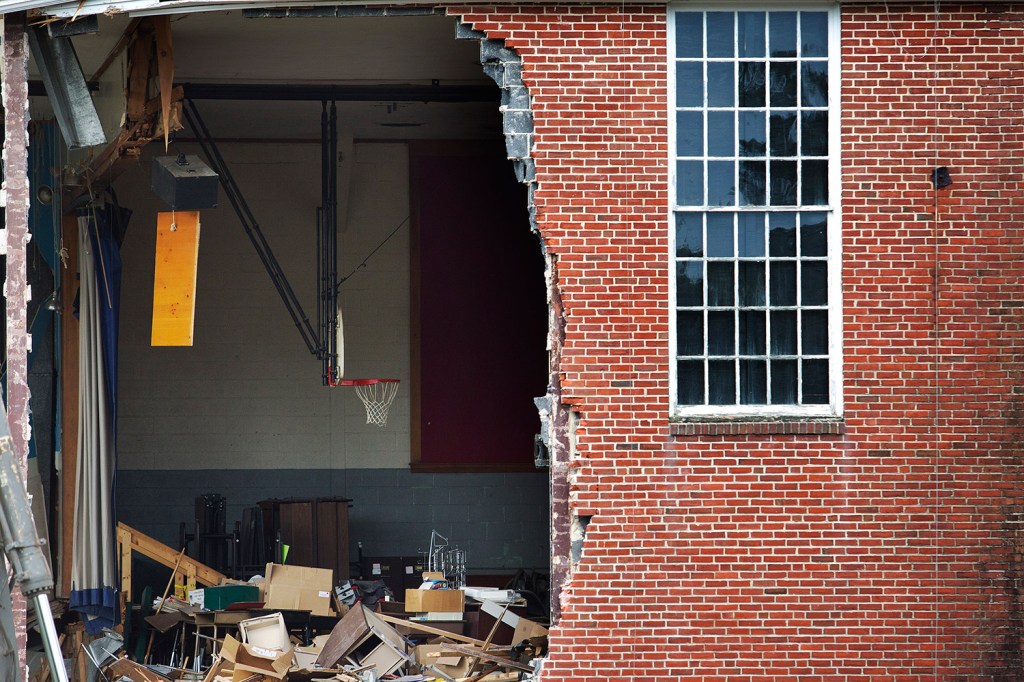
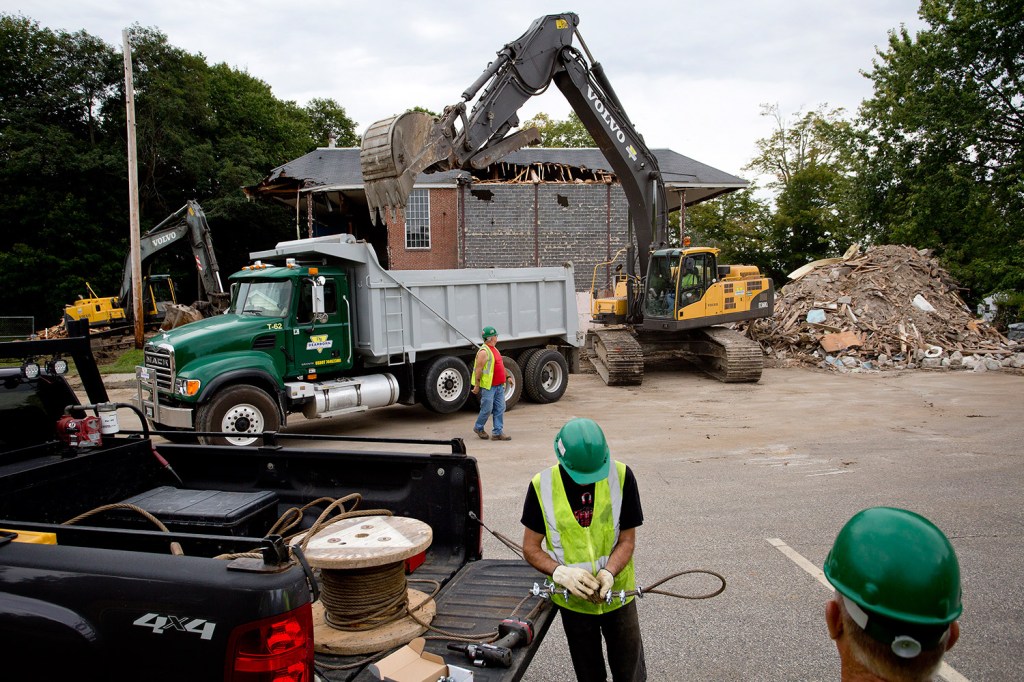


Success. Please wait for the page to reload. If the page does not reload within 5 seconds, please refresh the page.
Enter your email and password to access comments.
Hi, to comment on stories you must . This profile is in addition to your subscription and website login.
Already have a commenting profile? .
Invalid username/password.
Please check your email to confirm and complete your registration.
Only subscribers are eligible to post comments. Please subscribe or login first for digital access. Here’s why.
Use the form below to reset your password. When you've submitted your account email, we will send an email with a reset code.